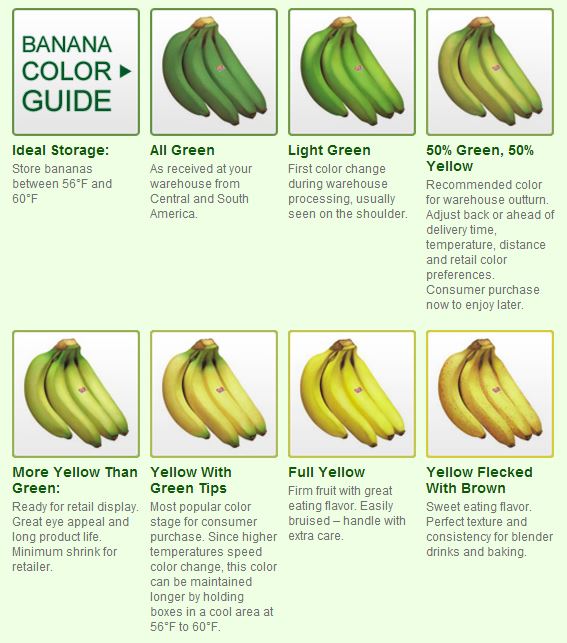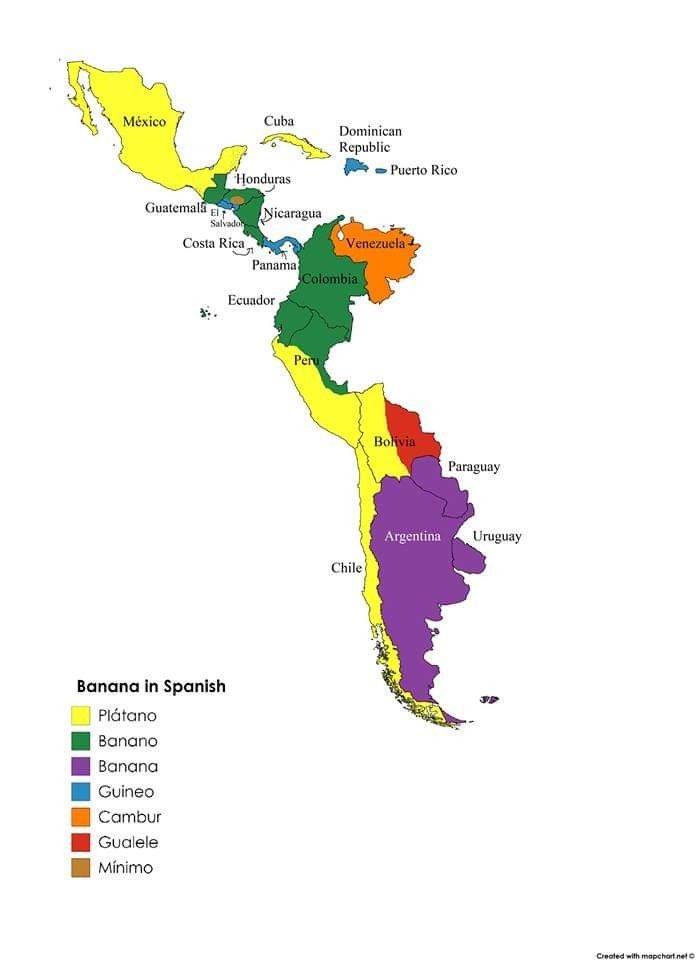Banana in puerto rican spanish: Guineos, Platanos, and Banana Leaves
Guineos, Platanos, and Banana Leaves
It’s bananas, and I LOVE them!! Although we use the word banana in Puerto Rico, we regularly refer to this delicious fruit, green or ripe, as GUINEO.
Today am not spending time explaining the more popular ripe yellow bananas; rather, I would like to go more in-depth through some other varieties.
Table of contents
- Bananas as a food source
- Platanos
- Banana Leaves
- How to peel bananas and plantains
- Try them!
- Latest posts
Bananas as a food source
Bananas are a great food source for Puerto Ricans since we eat the fruit at many different stages. Also, they grow literally everywhere on the island, and I could confidently say that you can grow bananas in your backyard, even in more urban scenarios. Therefore, you will always find a banana in the market or at the Puerto Rican kitchen, from green to ripe. Green bananas are eaten cooked, typically served in an ESCABECHE. Escabeche can be served either cold or hot. Guineos en Escabeche are delicious.
Escabeche can be served either cold or hot. Guineos en Escabeche are delicious.
Bananas are a great source of potassium, vitamin B complex (I call it a complex because it includes B6, riboflavin, and biotin), Vitamin C, magnesium, and fiber. An edible multivitamin! Bananas are also great for regulating blood pressure.
Bananas come in a variety of sizes, sweetness, and starchiness. The smallest variety of the bunch is what we affectionally call guineos niños, baby or kid bananas, due to the relatively short size compared to the standard banana. These guineos niños are also quite starchy, and even when ripe, they are not as silky to the tooth as regular bananas. In my opinion, they are like a cross between the density of plantain and the sweetness of a regular banana.
Platanos
Another word for bananas in Latin American countries is platano. For Puerto Ricans, a platano means Plantain. Plantains are large, twice as big as bananas, and must be eaten cooked. A plantain could easily feed up to four people, depending on its application.
A plantain could easily feed up to four people, depending on its application.
The beauty of plantains and bananas is that you do not just get one fruit when they grow. There could be up to twenty fruits in one banana bouquet or RAMILLETE. We also call the bouquet MANO because the bananas (I am using this term to refer to all banana varieties) look like an open hand with fingers.
Like bananas, we eat platanos or plantains at all stages of ripeness in Puerto Rico.
Green plantains are great to make MOFONGO. Mofongo is a quick-fried and mashed plantain dish with pork fatback or bacon and garlic. TOSTONES, sliced plantains that are fried and pressed into discs, make a great snack or side dish. And, ARAÑITAS, shredded plantain mixed with batter and then fried which resembles haystacks or their namesake spiders. Another way of eating green plantains is by boiling them and serving them with olive oil and garlic, like potatoes.
Most of the same cooking methods apply for ripe plantains except for tostones and arañitas because the ripe plantain is too soft to press in that manner.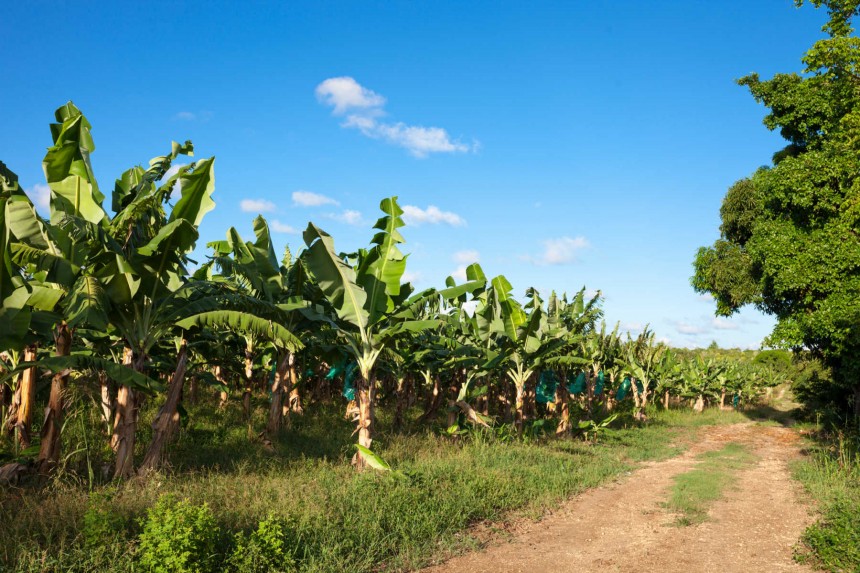
The most popular way of preparing ripe plantains is by frying them as a side dish. When the plantains are ripe, we call them MADUROS or AMARILLOS. I personally remember calling them amarillos while growing up.
With the amarillos, if sliced lengthwise into ribbons, use the ribbon to make PASTELÓN DE PLATANO MADURO which is a meaty pie with cheese and vegetables. Or, fry the entire plantain, cut a slit lengthwise, and stuff it with your favorite filling to make a plantain boat or CANOAS DE PLATANO MADURO.
Watch!
Banana Leaves
Banana leaves are used in our cooking as a food wrap during the cooking process. It adds moisture and flavor to your food. One great dish in which the leaves are as important as the items we are wrapping is PASTELES. We also use the leaves to cover ARROZ CON GANDULES or any stewed rice or dish. Below are images of when I used Banana Leaves to cover my picnic pork roast to make Cochinita Pibil.
I live in Florida, where the population is about 30% Hispanic.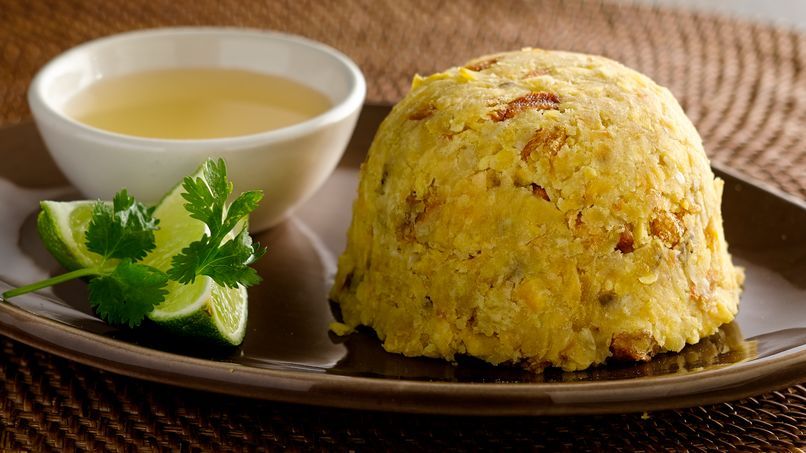 Finding frozen banana leaves is quite easy. If you live in the midwest, that might be a different story. For that reason, aren’t we lucky to have AMAZON? You can find fresh Hojas de Platano (Fresh Banana Leaves) or Frozen. Although banana leaves are a great addition to the recipe, the leaves are not a must if you cannot find them. Here are a few substitutes for the Banana Leaves: corn husks or parchment paper.
Finding frozen banana leaves is quite easy. If you live in the midwest, that might be a different story. For that reason, aren’t we lucky to have AMAZON? You can find fresh Hojas de Platano (Fresh Banana Leaves) or Frozen. Although banana leaves are a great addition to the recipe, the leaves are not a must if you cannot find them. Here are a few substitutes for the Banana Leaves: corn husks or parchment paper.
How to peel bananas and plantains
This method works well for any green banana or plantain.
Cut bananas off of the banana hand. Also, cut the bottom of the banana. For this method, I will refer to the end that attaches to the “hand” as the top and the dark end the bottom.
Then cut the skin only without cutting into the fruit lengthwise.
At this point, you can separate the skin of the fruit with the blade of the knife or begin cooking it to remove the skin later.
Try them!
I hope I have inspired you to try green bananas when you find them at the store.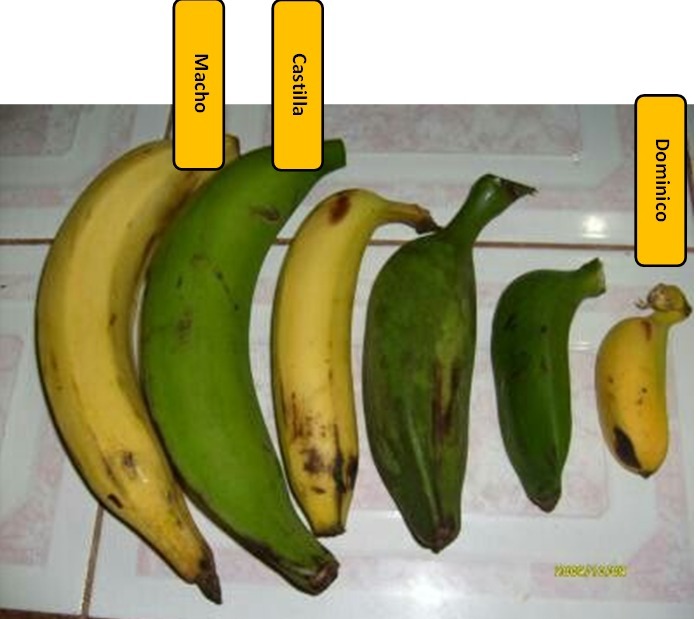 Here are some other recipes to use bananas or plantains:
Here are some other recipes to use bananas or plantains:
Zoe Morman
The Girl On Fire
Hello! Zoe is a taste bud stimulator by day and a food blogger by night. Here you’ll find delicious recipes, some cooking advice, and great things to share. To me, Passion is what fuels us, what moves us, and keeps us going.
Keep the Fire of Passion Burning!
Latest posts
Why do We Call Bananas ‘Guineos’?
Our free content is supported via ads and affiliate links. Thanks!
En Español
Have you ever wondered why Dominicans – and many other Latin Americans – call banana “guineos”. Banana in Spanish is typically also called banana, so we wondered too, and we explore the convoluted origins of this linguistic curiosity that had baffled us for so long.
Bananas (guineos).
Guineo?
The Dominican Republic has its share of unusual names for fruit and vegetables. We’ve already examined why oranges are called “chinas”. Here we focus on bananas, which are called guineos in the Dominican Republic.
Firstly, it’s worth mentioning that the word guineo also means banana, or a different variety of banana, in several other Spanish-speaking countries, or in specific regions within them, including Puerto Rico, Colombia, Costa Rica, Nicaragua, Honduras, El Salvador, Panama, Cuba, and Ecuador.
The origin of the word
Plantain in the DR is plátano, and banana is guineo. In the same way as oranges are called chinas because they do indeed originate in China, could bananas be called guineos because they come from… Guinea? The question is, which Guinea?
Guinea now forms part of the names of no less than three different countries in West Africa (Guinea Bissau, Equatorial Guinea, and Guinea Conakry) and one country in South-East Asia/Oceania (Papua New Guinea). It also appears as the name of a bird, guinea fowl, or guinea in Spanish, itself of African origin and fairly common in the Dominican Republic.
Historically, Guinea was the name for much of West Africa, and the word in fact derives from the Berber (the language spoken in North Africa) for ‘land of the black people’.
However, bananas are not actually native to Africa, although, by the 16th and 17th century, when the slave trade was at its height, they were pretty much well established there, having been brought over from their native South-East Asia by Arab traders centuries earlier. The word ‘banana’, it turns out, comes from the Arabic for ‘finger’. It was the Portuguese, in turn, who brought bananas over from Africa to Latin America and the Caribbean, more or less at the same time as the slave trade.
West Africa is where most if not all the enslaved people who were forced to work in the plantations of Hispaniola by the French and Spanish came from. In the early days, they would refer to their native land not as ‘Africa’ but as Guinée (French for Guinea).
Interestingly, though, guinée does not survive as the word for banana in neighboring Haiti. The Haitian Kreyol for banana is figue (French for ‘fig’) or figue-banan. This is a curiosity in itself – the Portuguese used to call bananas ‘garden figs’ or ‘Indian figs’ in the 16th century, coincidentally around the time they were busy introducing bananas to the West Indies. In Haiti, plain banan is the word for plantain.
In Haiti, plain banan is the word for plantain.
Dominican guineos verdes.
Why bananas are called guineos
Although it is likely that the reason bananas are called guineos in the DR is that they were believed to have come from Guinea, namely Africa, their true origins are in South-East Asia, or more precisely, Oceania, on an island that coincidentally, is called Papua New Guinea. Papua New Guinea received the ‘New Guinea’ part of its modern-day name from the 16th-century Spanish explorer Yñigo Ortiz de Retez, who like many of his contemporaries, saddled a nation with a name based on a vague notion that its people bore a resemblance to West Africans.
So, in conclusion, bananas are called guineos in the DR and some other places because they came from an area in West Africa known as Guinea, which in turn gave its name to the island in South East Asia, now called Papua New Guinea, where bananas came from in the first place.
Satisfyingly symmetrical or just plain confusing? You decide.
Our original article on this subject, published in 2007, received considerable feedback, and this new version incorporates some of the new information we received from you, our readers. If we left anything out, please let us know in the comments.
FAQ
What are fried bananas called in Spanish?
In the Dominican Republic, fried bananas would be guineos fritos but this is not a traditional dish. If by bananas we mean plantain, fried plantains are called tostones or fritos in Spanish. A distinction is made between fried unripe (green) and ripe plantains. The former is tostones or fritos verdes, the latter fritos maduros. In several other Spanish-speaking countries they are called patacones.
How do you say banana and plantain in Spanish?
The word Dominicans use for banana is guineo. The word banana is almost universal and is used not just in English and Spanish, but also in countless other languages. In Spanish, the word banana or banano is widely understood, as it refers to the plant (banano) or in a generic way: La cosecha bananera – the banana harvest. Banana means the fruit itself in Argentina, Uruguay, and Paraguay and as an alternative word in several other countries.
In Spanish, the word banana or banano is widely understood, as it refers to the plant (banano) or in a generic way: La cosecha bananera – the banana harvest. Banana means the fruit itself in Argentina, Uruguay, and Paraguay and as an alternative word in several other countries.
What’s the difference between plantain and banana?
Plantains are green and are eaten boiled, roasted or fried. Bananas are sweet, eaten raw, or when they are green, they can be boiled, as in the traditional Dominican breakfast of Savory green bananas.
What color are bananas in Spanish?
Unripe bananas are green – verde – and ripe bananas are yellow with brown speckles or streaks – amarillo con manchas marrones. Overripe bananas are brown – marrón.
How do you spell banana in Spanish?
Depends where you are. In Argentina, Paraguay, and Uruguay it is banana, with the same spelling as English.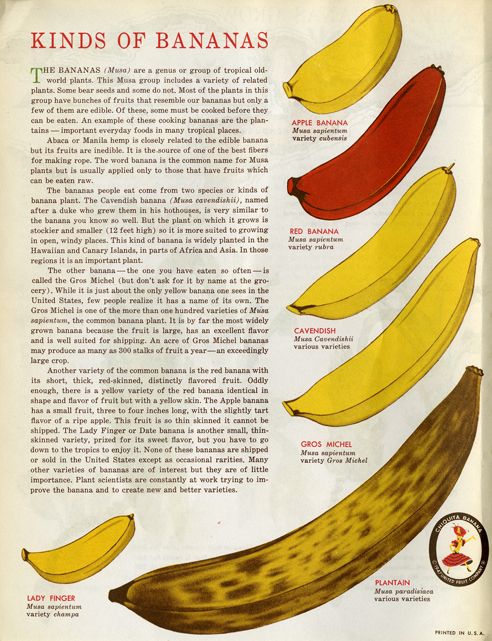 In Spain, Bolivia, Chile, Mexico, Peru, Ecuador, and Equatorial Guinea, it is plátano. In Cuba it is plátano fruta. In the Dominican Republic and the other countries mentioned above, it is guineo. In Colombia, it’s sometimes called maduro. In Venezuela it’s cambúr and in eastern Bolivia it’s gualele. (This does not include regional variations within these countries).
In Spain, Bolivia, Chile, Mexico, Peru, Ecuador, and Equatorial Guinea, it is plátano. In Cuba it is plátano fruta. In the Dominican Republic and the other countries mentioned above, it is guineo. In Colombia, it’s sometimes called maduro. In Venezuela it’s cambúr and in eastern Bolivia it’s gualele. (This does not include regional variations within these countries).
What do Spaniards call bananas?
In Spain, bananas are plátanos, so Spaniards call them plátanos. Plantains are known as plátanos de freír.
What do they call bananas in Cuba?
In Cuba, the main name is plátano fruta, while plantain is plátano macho. In the east of the country, bananas are also known as guineos. A smaller variety of bananas is also called guineo.
Published Oct 20, 2007, revised
More Culture
Edited: | Publish:
¡Hola! I am Tía Clara, your host. Thanks for visiting.
Thanks for visiting.
– Any questions or comments about this?
– Made our recipe? Follow and tag me on Instagram.
– Subscribe to receive our recipes by email.
Banana or… Banana? With us, in Russian, everything is simple with this: he is a banana and
in Africa there is a banana, whatever you want to say. In the USSR, for example, it was not that they did not know about the existence of this delicious exotic fruit, but even just buying a bunch of bananas was already a rare success. However, in many countries (first of all, now I mean Spain and the countries of Latin America) there are not only several varieties of bananas, but also many different words to name them. Understanding bananas under the cut and admiring the portrait of a praying mantis on a banana flower (especially for lili_ber , which showed such an unusual autumn flower, and I remembered that I also have one). And in their homeland, bananas bloom and bear fruit all year round.
Taken in Nikitsky Botanical Garden (Crimea) in August 2017.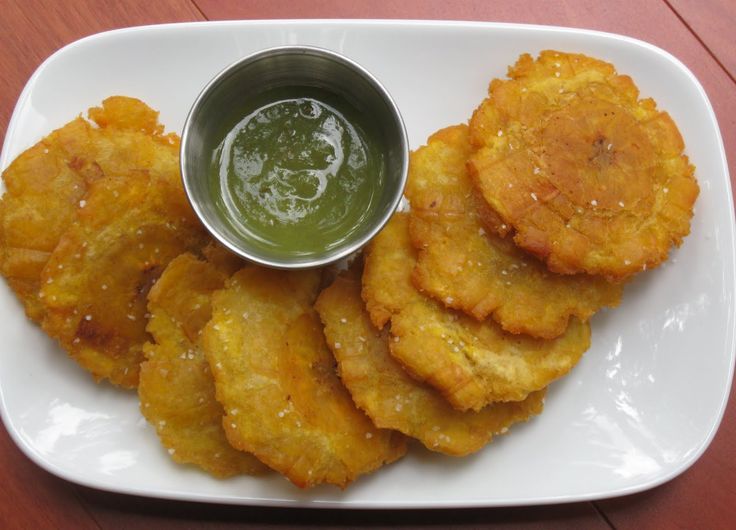
If you have ever studied Spanish, then you are probably already familiar with the Spanish name for a banana. This is where the options are. I have come across textbooks in which the banana was unconditionally called plátano , like others, where option 9 was immediately suggested0009 banana . Well, the same concepts have different names – the student will think and move on.
However, in one of the textbooks of a respected (without any irony) Madrid publishing house, it was explained that in Spain this fruit is called banana , and in Latin America – plátano . “Uh,” – Peter Ivanovich and I said , what kind of nonsense? When even in Spain in the same store you can find both. And in Latin America, in some countries, there is one more word – cambur , although it just replaces banana .
In fact, everything is simple, only not everyone knows about it and even less think about it.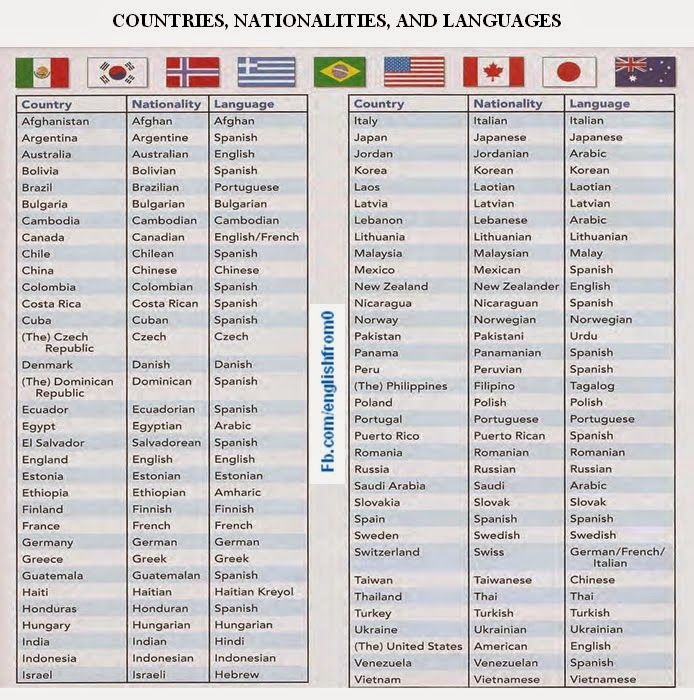 These are just different types of banana plants (and each has its own varieties inside). The important thing here is that they are fundamentally used differently. What we eat in the form of beautiful yellow (if ripe) fruits is banana . And in Spain, and in Latin America, and all over the world (with the same name, I believe, in different languages).
These are just different types of banana plants (and each has its own varieties inside). The important thing here is that they are fundamentally used differently. What we eat in the form of beautiful yellow (if ripe) fruits is banana . And in Spain, and in Latin America, and all over the world (with the same name, I believe, in different languages).
plátano is a completely different matter. They don’t eat it raw at all. Yes, you don’t want to. These are quite large (compared to a banana) and rough-looking fruits. In Europe, if they are sold, they are unripe, green. Which does not prevent you from preparing many interesting dishes from them. In Spain, such plane trees are called plátano macho . In general, macho in literal translation is a male (that’s just a male in the biological sense – and therefore never call a sultry Spanish man this word!).
The Spaniards gave this definition to the banana in order to distinguish it from another plátano – plátano de canarias , a very special variety of small bananas growing in the Canary Islands.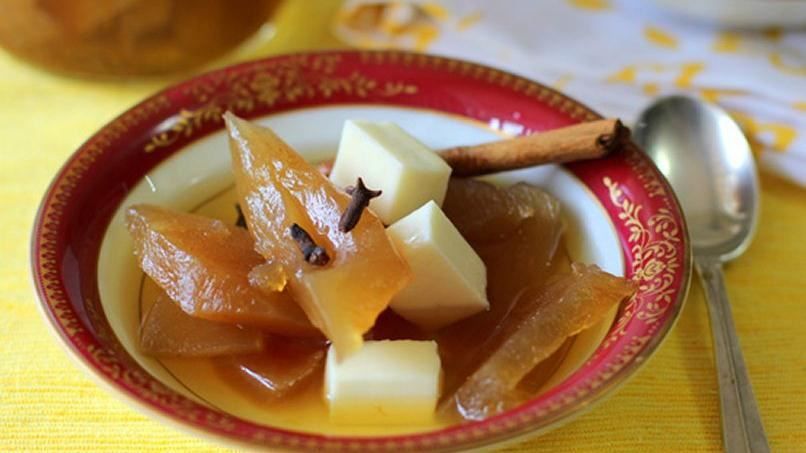 Canarian plantains usually cost about half a euro more than the usual ones brought from America in stores, but they are not unreasonably considered much tastier, healthier and more refined. They are eaten mostly raw, but it is not forbidden to use them in all kinds of desserts. And they have a protected geographical indication.
Canarian plantains usually cost about half a euro more than the usual ones brought from America in stores, but they are not unreasonably considered much tastier, healthier and more refined. They are eaten mostly raw, but it is not forbidden to use them in all kinds of desserts. And they have a protected geographical indication.
Do you know that bananas do not grow on palm trees? Banana is a herbaceous evergreen plant, the tallest in the world – in the case of plátano macho it can grow up to 15 meters in height. Wow grass, right?
The fruits are considered a berry, although it is strange that it is not a cereal – after all, they (primarily unripe ones) contain a huge amount of starch. That is why they cannot be eaten raw, but they can be cooked at almost any stage of maturity.
If suddenly and such plane trees will be brought to our village , then you need to choose fruits of a good green color, or just starting to turn slightly yellow, and without spots. Store at home in the refrigerator, but with air access, otherwise they will quickly turn black, which means they will become overripe, and it will be more difficult to clean them.
Store at home in the refrigerator, but with air access, otherwise they will quickly turn black, which means they will become overripe, and it will be more difficult to clean them.
To clean this miracle fruit, which is used as a vegetable, it is better to wear old clothes and gloves (or grease with vegetable oil) on your hands: the juice of this macho is very sticky and leaves stains. But then you can fry it like a regular potato. But be prepared for the fact that the taste of this “potato” will be slightly sweet. An ordinary banana, by the way, can also be fried, and it is very tasty, especially in the traditional Madrid dish “Cuban rice” – with rice, tomato sauce and a fried egg.
But there are millions, no less, of a variety of dishes from this vegetable, without which Latin American cuisine is inconceivable. It is fried, boiled, stewed, baked, not to list everything. Right now, on one Latin American site, I read something interesting about the use of different types of banana-sycamore, which are used at all stages of ripeness and are considered a national fruit-vegetable (I quote below in translation).
Kambur (aka banana) we use in soups, with pancakes for breakfast, in desserts, stews, cereals, in the form of flour (which is made from green unripe fruits). And besides, we use the whole plant: peel, pulp, leaves (tamals are smoked for wrapping in them – the famous pies in banana leaves), pseudo-trunk (stem, as animal food), young shoots (as a cleansing and immunoprotective agent, flowers (in salads and hot dishes), but everything that is not eaten will go to compost or to the chicken coop.0069
The sycamore, in turn, this cousin of the banana, with a noticeably larger size (although there are different varieties of it), is its flesh in any case (sí o sí, as the Spaniards say) must be cooked. And from this plant, almost everything is also used, up to the infusion of the peel for medicinal purposes.
In a word, this fruit is very interesting – whether it is called a banana, plane tree or some other word. Have you met one like this? Tried? Delicious?
Banana Island Resort Doha by Anantara, Doha
- Information on the option and cost
- Employes and services
- Conditions Conditions
- * Notes
- Reviews of guests (1 112)
Sea
Free Wi-Fi
9000
Konditioner 9000
24-hour front desk
Electronic card entry
Experience Great Service at Banana Island Resort Doha by Anantara
Banana Island Resort is located on Banana Island, a 20-minute luxury ferry ride from Doha.
It features an 800-meter private beach, Anantara Spa, 9 restaurants, a lagoon pool and a cinema.
Elegant Arabic-style rooms and villas with Arabian Sea views, flat-screen TVs, minibars and outdoor seating areas are provided. The villas have a spacious living room. The bathroom comes with a bathtub, shower and Anantara toiletries.
Delicious fresh seafood and meats are served in the modern Italian restaurant Riva, which offers a traditional trattoria atmosphere. Al Nahham Restaurant serves aromatic Arabic-Mediterranean cuisine with panoramic views of the Doha skyline. The pool bar serves exotic non-alcoholic cocktails.
Nearby there is a golf course and a tennis court. The Cool Mint Kids Club and the Peppermint Teen Club offer a variety of toys and interactive games on site.
The Corniche and Souq Waqif are a 20-minute ferry ride from Banana Island. Doha International Airport is 5 km away. The hotel can arrange luxury limousine and catamaran ferry trips.
The ferry from the port to the resort and from the resort to the port runs from 13:00 to 19:00.
Couples especially like the location – they rated accommodation in the area for a trip as a couple at 9.1 .
Banana Island Resort Doha by Anantara has been welcoming Booking.com guests since Dec 14, 2019 2014.
Hotel chain/brand:
Anantara Hotels & ResortsRead more
Most Popular Amenities & Services
Airport shuttle
Free WiFi
Beach (first line)
family rooms
very good fitness center
Restaurant
Coffee/tea maker in all rooms
ATM: Need cash? There is an ATM here.
Benefits of this option
Great Location: Highly rated by recent guests (9.
2)
Do you want to sleep well? This property scores highly for very comfortable beds.
Continental, Halal
Fitness Centre
Children playground
Turkish sauna
끖
Guests return here more often than in other accommodation options.Select your dates to see availability and prices.
Type of number
accommodates
Premier number with sea views
1 Very large double bed
or
2 single beds
Show prices
Number of Sea
1 Very very king size bed
Show prices
3 Bedroom Overwater Villa
Bedroom 1::
1 Big double bed
Bedroom 2 ::
1 large double bed
bedroom 3 ::
9000 Extra Large Double Bed
Show Prices
3 Bedroom Pool Villa with Sea View
Bedroom 1::
1 extra large double bed
bedroom 2 ::
2 single beds
bedroom 3 ::
1 Very large double bed
luxury Anantara with view of the sea
very large.
bed
Show prices
Luxury 2 bedroom pool villa with sea view
Bedroom 1::
1 extra large double bed
bedroom 2 ::
2 single beds
Show prices
villas with 2 bedrooms and pool, sea view
Bedroom 1 ::
1 Very large double -spinal pool pool pool pool poop
Bedroom 2::
2 single beds
Show prices
Villa
Bedroom 1::
1 extra large bed0007
Bedroom 2 ::
1 Very large double bed
Bedroom 3 ::
1 Very large double bed
bedroom 4 ::
9000 bed
Bedroom 5::
1 extra large double bed
Living room:
1 sofa bed Show
prices0007
Something went wrong.
Please try again.
Something went wrong. Please try again.
Something went wrong. Please try again.
Something went wrong. Please try again.
Something went wrong. Please try again.
Something went wrong. Please try again.
Something went wrong. Please try again.
Something went wrong. Please try again.
Something went wrong. Please try again.
FAQ about property
See what other guests are asking to learn more about this property.
Staff usually respond within a few days
Can you make special arrangements for a birthday and do you charge separately for this?
For an additional fee, guests can take advantage of a special offer.
This is a translation –
Reply Jan 2, 2021
Hi is it possible to come with a friend for a week
Yes marriage certificate is not required for non Qatari couples
This is a translation –
Reply August 5 2020
7 Does this villa have a clean private pool?
Our team clean the pool on a regular basis with continued water circulation
0077
Is alcohol not available at the resort?
We are a dry resort, we do not serve alcohol and it is not allowed to bring alcohol to the island
I mean completely private.
..
secluded and only accessible from roomThe private pool is located in the following villa:
Two-Bedroom Pool Villa with Sea View (100 sqm)
Luxurious 2 bedroom villa with pool view..This is a translation –
Reply September 22, 2020
Haven’t found the answer to your question yet?
Landmarks nearby *
Azraq
Kitchen:
internationalOpen on:
Breakfast,
Branch,
Dinner,
DinnerRiva
Kitchen:
ItalianOpen on:
Dinner,
DinnerAl Nahham
Kitchen:
Middle EasternOpen on:
Dinner,
Dinner
Zest
Kitchen:
internationalOpen on:
Branch,
DinnerQ Lounge and Restaurant
Kitchen:
internationalOpen on:
Breakfast,
Branch,
Dinner,
DinnerTed’s
Kitchen:
AmericanOpen on:
Breakfast,
DinnerMost Popular Amenities & Services
Airport shuttle
Free WiFi
Beach (first line)
family rooms
very good fitness center
Restaurant
Coffee/tea maker in all rooms
Bathroom
Toilet paper
Towels
Bidet
Bath or shower
Slippers
Private bathroom
Toilet
Free toiletries
Robe
Hair dryer
Bath
Shower
Bedroom
Linen
Wardrobe or wardrobe
Alarm clock
Dressing room
Sea view
View from the window
outdoors
Garden furniture
Beach (first line)
Outdoor dining area
Private beach area
Balcony
Terrace
Garden
Coffee machine
Electric kettle
Amenities in the room
Socket near the bed
Sofa bed
Clothes hanger
Sports and recreation
Bicycle rental
Additional chargeBeach
Tennis equipment
Additional chargeChildren’s playground
Seating area
Seating area
Work table
Media and technology
iPod Dock
Flat screen TV
Satellite channels
Telephone
TV
Food and drink
Buffet suitable for children
Children’s menu
Additional chargeMinibar
Restaurant
Coffee/tea
Internet
Wi-Fi is available in public areas free of charge.
Parking
No parking available.
Reception desk
Lockers
Private check-in/out
Concierge services
ATM on site
Luggage storage
24-hour front desk
Entertainment and family services
Outdoor playground
Indoor play area
Board games and/or puzzles
Babysitting / childcare services
Additional chargeCleaning services
Daily cleaning
Additional chargeIroning services
Additional chargeDry cleaning
Additional chargeLaundry
Additional chargeBusiness center services
Fax/Photocopying
Additional chargeConference/banquet room
Additional chargeSecurity
Fire extinguishers
Video surveillance outside the building
Video surveillance in common areas
Smoke detectors
Burglar alarm
Entrance by electronic card
24 hour security
Safe
Transfer
Additional chargeHypoallergenic
Smoking areas
Air conditioner
Non-smoking throughout
Hypoallergenic number
Wake-up service
Separate entrance
Laptop safe
Carpet
Elevator
Fan
Family rooms
Ironing accessories
Facilities for disabled guests
Airport shuttle
Additional chargeAirport transfer
Additional chargeTransfer to the airport
Additional chargeNon-smoking rooms
Iron
Wake-up service / alarm clock
Room service
Availability
Bathroom cord/button
Toilet with rails
Wheelchair accessible
Fully wheelchair accessible
The whole premise is located on the ground floor
Health services
Children’s pool
Locker room at fitness/spa
Fitness
Steam room
Sun umbrellas
Sun loungers/beach chairs
Turkish bath
Fitness center
The staff speaks these languages
Arabic
German
English
Spanish
French
Hindi
Italian
Russian
- Serbian
Thai
Filipino
Chinese
Accommodation conditions
Banana Island Resort Doha by Anantara takes special requests – add in the next step!
check in
From 15:00
Departure
Until 12:00
Cancellation/
prepaymentCancellation and prepayment policies vary depending on the type of option chosen.
Please enter your dates of stay and review the booking conditions for the requested room.Beds for children
Child Policy
Children of all ages are welcome.
Children aged 12 and over are considered adults at this property.
To see exact prices and availability, please enter the number of children in your group and their age when searching.
Crib and Extra Bed Policy
0-4 Years
Cot on request
Free of charge
The number of cots allowed depends on the option selected. Check conditions.
No extra beds available.
Baby cots are subject to availability.
Age limit
Minimum entry age: 18 years old
Pets
Pets are not allowed.
Cards accepted by the property
Banana Island Resort Doha by Anantara accepts these cards and reserves the right to temporarily hold an amount prior to arrival.
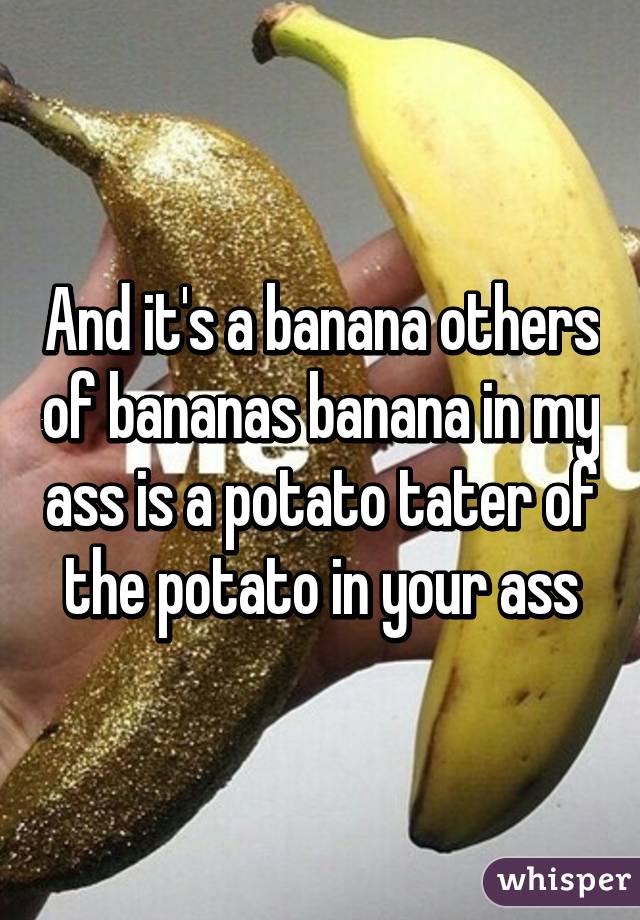 It features an 800-meter private beach, Anantara Spa, 9 restaurants, a lagoon pool and a cinema.
It features an 800-meter private beach, Anantara Spa, 9 restaurants, a lagoon pool and a cinema.
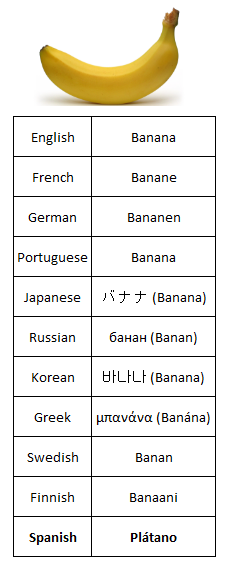 2)
2) bed
bed Please try again.
Please try again.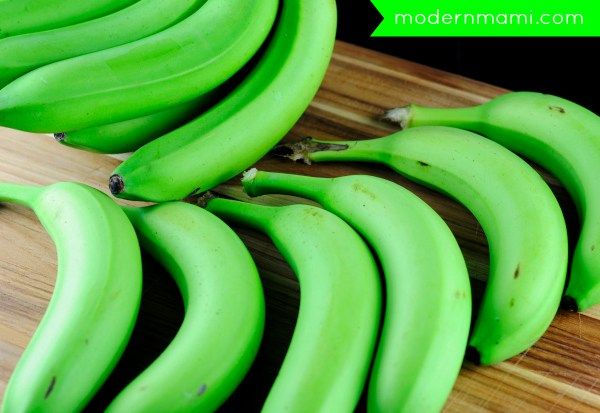 ..
..